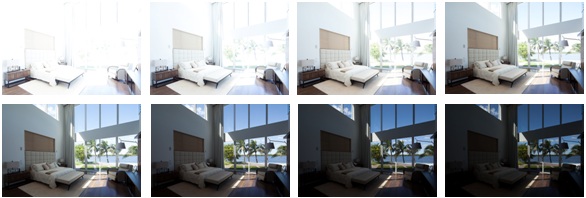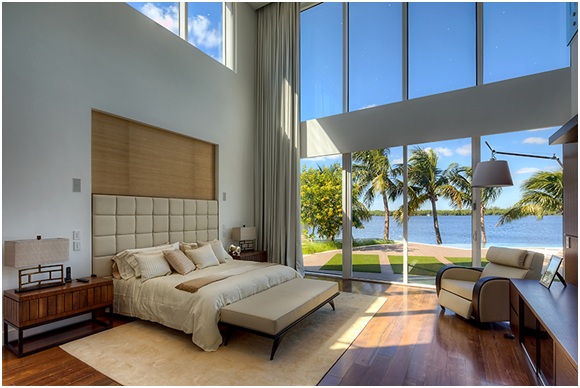Even as a beginner, photographing homes that are for sale can bring in hefty profits for very little set-up. The secret is following a few simple rules that will set your photos apart. Here’s a little trick that can help you turn snapshots that anyone could take into professional-looking images that bring in $500 a day. When you photograph a home for a realtor, outdoor images from curbside or garden and pool areas are relatively easy to produce. But when it comes to indoor photography, it’s a different set of rules. Here’s the conundrum: Do you set your camera for the light coming in the windows so you can see the details of the blue sky and trees, leaving the interior dark and underexposed? Or do you expose for the interior, leaving the details in the windows bright white and blown out? You have basically two options:
- You can spend thousands of dollars on strobe or continuous light systems, then spend hours setting them up and adjusting for reflections in windows and mirrors, and still come out with flat and sterile looking images totally lacking atmosphere and ambiance.
- Or you can read on and use my little trick.
Have you ever looked at a scene, taken a photo, and then noticed that the photo looks nothing like the scene does to your eye? That’s because the eye sees more variations in light than your camera can capture on its own. The idea behind HDR (High Dynamic Range) is to create images that cover the dynamic range of the human eye. Today’s digital cameras can only cover a fraction of that range, but if we take multiple shots with different settings and merge them into one image, we can get a lot closer to a result that mimics the capability of the dynamic range of the human eye. Let me show you. 

Travel Photography Resources
5 Dos and 2 Don’ts for Travel Photography
Take Great Photos And Get Paid More For Your Travel Articles
Turning a Photography Hobby into a Monthly Income
The Pros Of Selling Your Images As Stock Photography
16 Mobile Photography Tips And Tricks Every Photographer Should Know

